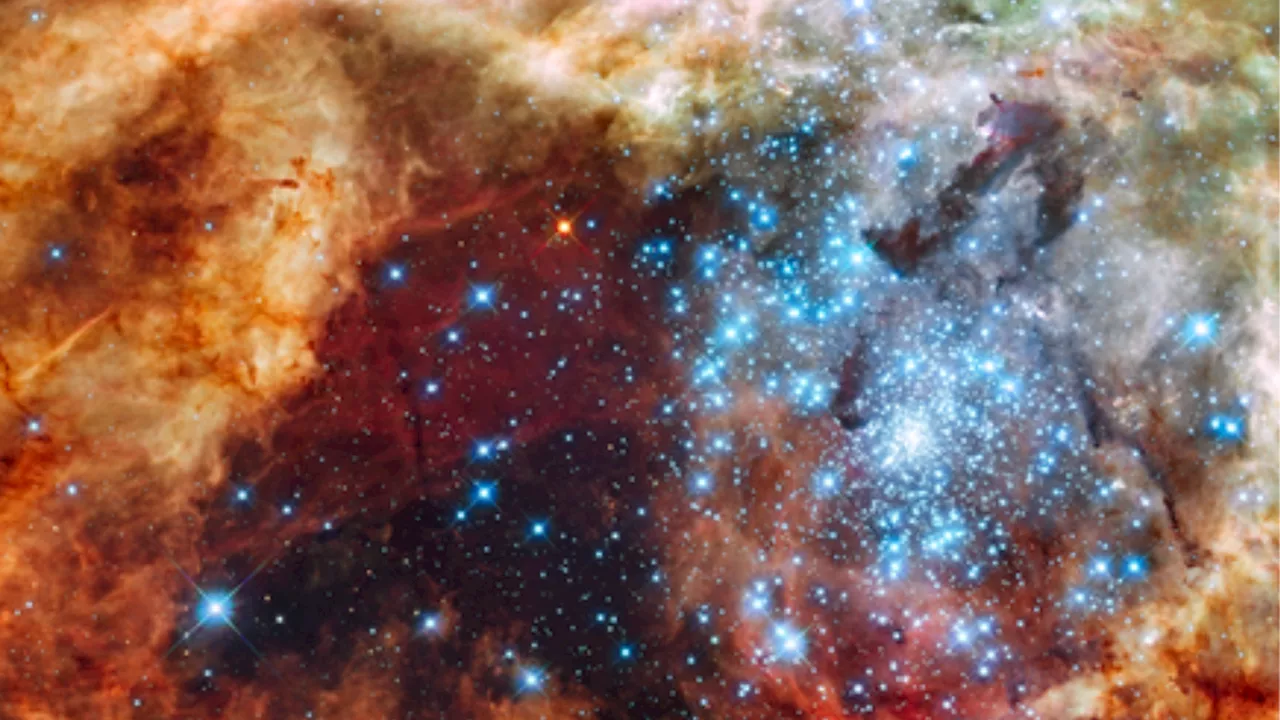Robert Lea is a science journalist in the U.K. whose articles have been published in Physics World, New Scientist, Astronomy Magazine, All About Space, Newsweek and ZME Science. He also writes about science communication for Elsevier and the European Journal of Physics. Rob holds a bachelor of science degree in physics and astronomy from the U.K.
A Hubble image image of the star forming region 30 Doradus, the Tarantula Nebula, within the Large Magellanic Cloud packed with young bright blue starsIn December 2023, the Hubble Space Telescope completed its largest program since launching in 1990. With this program, the telescope made observations of 500 individual stars over three years — and scientists are now ready to dive into this cosmic Easter egg of data.
"I believe the ULLYSES project will be transformative, impacting overall astrophysics, from exoplanets to the effects of massive stars on galaxy evolution, to understanding the earliest stages of the evolving universe," Julia Roman-Duval, ULLYSES Implementation Team leader at the Space Telescope Science Institute in Baltimore, Maryland,."Aside from the specific goals of the program, the stellar data can also be used in fields of astrophysics in ways we can’t yet imagine.
At the other end of the color spectrum, the ULLYSES project also focused on young stars that are cooler, smaller and redder than the sun. These stars were also located closer to home, in active. This would've impacted the planet-forming disks around these stars, and influenced if the planets that will eventually be born around these stars can ever be habitable.
This could also reveal the effect these stars have on the disks that surround them, which will eventually go on to form planets. Thus, studying the survey could potentially help scientists better understand which systems are more suited for"ULLYSES was originally conceived as an observing program utilizing Hubble's sensitive spectrographs.
United States Latest News, United States Headlines
Similar News:You can also read news stories similar to this one that we have collected from other news sources.
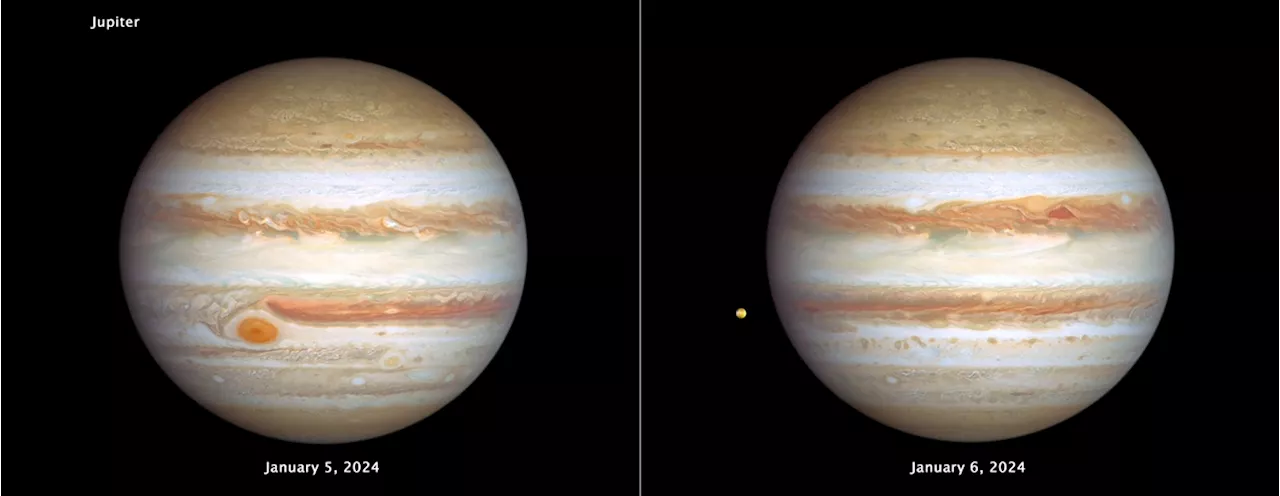 Hubble Space Telescope Captures Stunning Images of Jupiter's Stormy AtmosphereSpace and astronomy news
Hubble Space Telescope Captures Stunning Images of Jupiter's Stormy AtmosphereSpace and astronomy news
Read more »
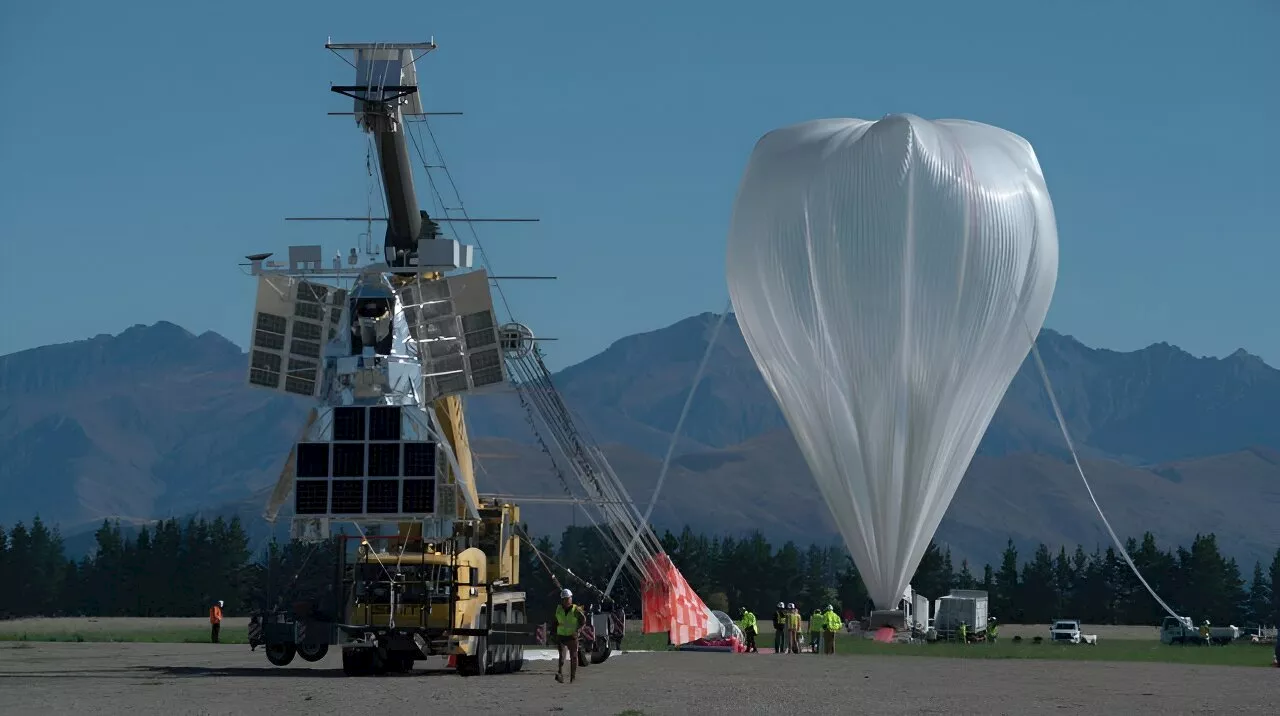 How a balloon-borne experiment can do the job of the Hubble space telescopeAn astronomical telescope designed to complement the aging Hubble Space Telescope lifted off from New Zealand's south island on April 16 2023. But as a sphere the size of a football stadium rose silently and slowly over the Tauhinukorokio mountains, calls started coming in from residents.
How a balloon-borne experiment can do the job of the Hubble space telescopeAn astronomical telescope designed to complement the aging Hubble Space Telescope lifted off from New Zealand's south island on April 16 2023. But as a sphere the size of a football stadium rose silently and slowly over the Tauhinukorokio mountains, calls started coming in from residents.
Read more »
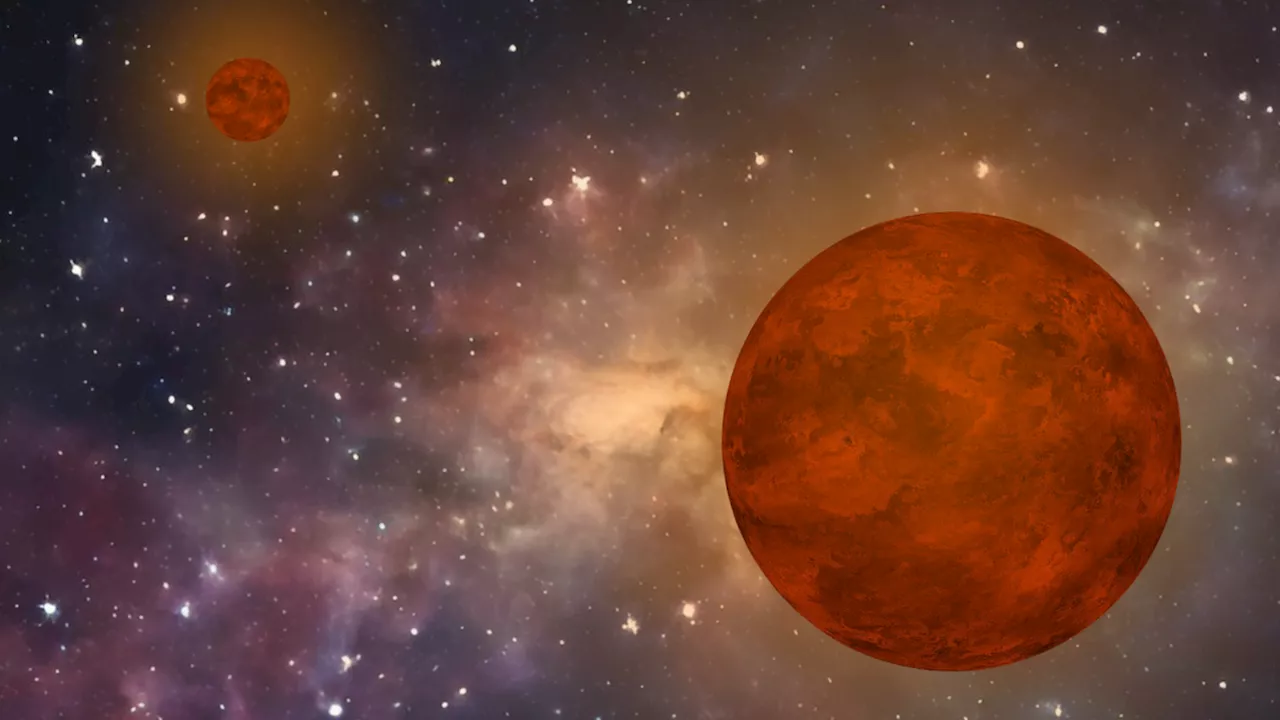 Hubble Space Telescope discovers 'failed stars' are bad at relationships tooRobert Lea is a science journalist in the U.K. whose articles have been published in Physics World, New Scientist, Astronomy Magazine, All About Space, Newsweek and ZME Science. He also writes about science communication for Elsevier and the European Journal of Physics. Rob holds a bachelor of science degree in physics and astronomy from the U.K.
Hubble Space Telescope discovers 'failed stars' are bad at relationships tooRobert Lea is a science journalist in the U.K. whose articles have been published in Physics World, New Scientist, Astronomy Magazine, All About Space, Newsweek and ZME Science. He also writes about science communication for Elsevier and the European Journal of Physics. Rob holds a bachelor of science degree in physics and astronomy from the U.K.
Read more »
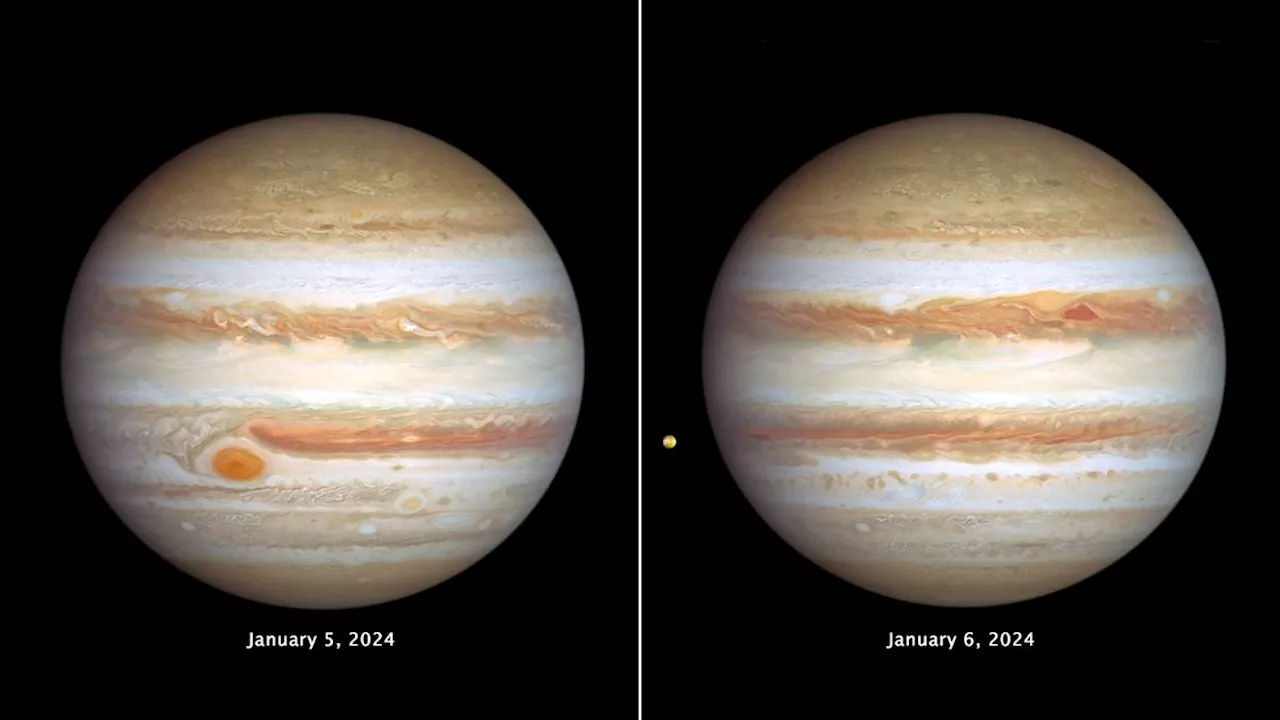 Hubble Telescope spies stormy weather and a shrinking Great Red Spot on Jupiter (video)Keith Cooper is a freelance science journalist and editor in the United Kingdom, and has a degree in physics and astrophysics from the University of Manchester.
Hubble Telescope spies stormy weather and a shrinking Great Red Spot on Jupiter (video)Keith Cooper is a freelance science journalist and editor in the United Kingdom, and has a degree in physics and astrophysics from the University of Manchester.
Read more »
Hubble telescope spots spider galaxy 30M light-years from EarthMarch 22 (UPI) &8212; NASA said Friday the Hubble Space Telescope has spotted a spider galaxy, an irregular galaxy, about 30 million light-years from Earth. NASA said the relatively faint galaxy, which had not been observed before, has a distinct and descriptive name: the Spider Galaxy.
Read more »
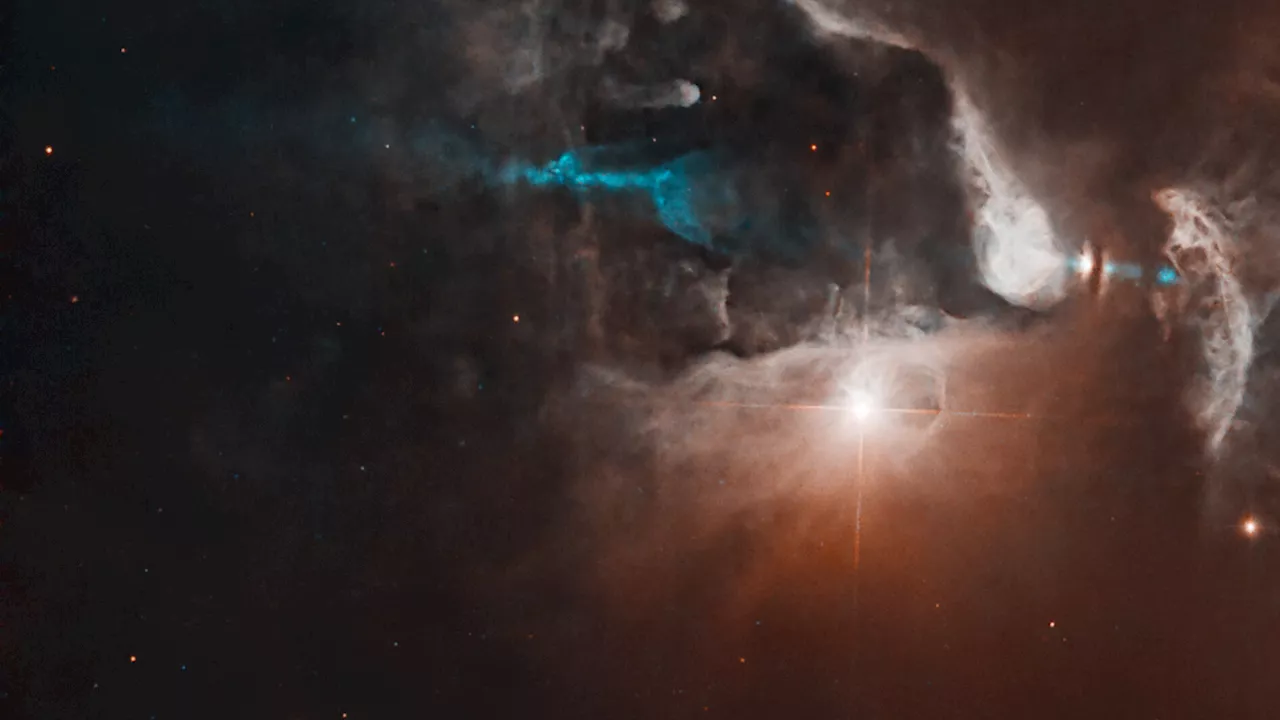 Hubble Telescope witnesses a new star being born in a stunning cosmic light show (image)Robert Lea is a science journalist in the U.K. whose articles have been published in Physics World, New Scientist, Astronomy Magazine, All About Space, Newsweek and ZME Science. He also writes about science communication for Elsevier and the European Journal of Physics. Rob holds a bachelor of science degree in physics and astronomy from the U.K.
Hubble Telescope witnesses a new star being born in a stunning cosmic light show (image)Robert Lea is a science journalist in the U.K. whose articles have been published in Physics World, New Scientist, Astronomy Magazine, All About Space, Newsweek and ZME Science. He also writes about science communication for Elsevier and the European Journal of Physics. Rob holds a bachelor of science degree in physics and astronomy from the U.K.
Read more »
